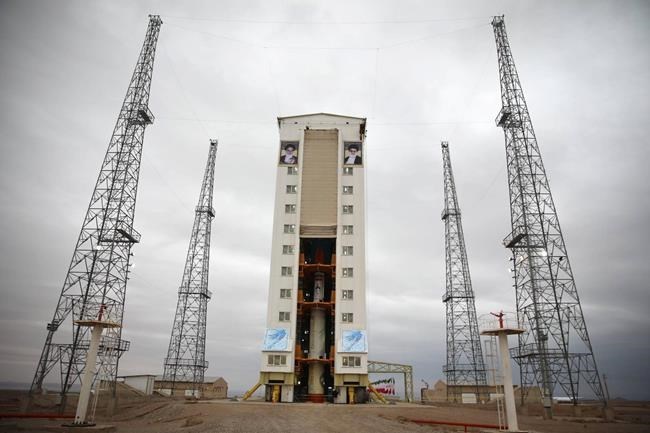Iran on Sunday said it simultaneously launched three satellites into orbit.
State TV named the launched satellites Mahda, Kayhan-2 and Hatef-1.
The Mahda satellite, weighing about 32 kilograms and developed by the Iranian Space Agency, is designed to test advanced satellite subsystems, the official IRNA news agency said.
The other two satellites, Kayhan 2 and Hatef, weigh less than 10 kilograms each and are designed to test space-based positioning and narrowband communication technologies, IRNA added.
Western governments did not approve either the launch of the Soraya satellite into space or the last three satellites. They warn that the same technology could be used for ballistic missiles, including those designed to deliver a nuclear warhead.
Iran, on the other hand, maintains that it does not seek nuclear weapons and that satellite and missile launches are for civilian or defence purposes only.
Moreover, Iran’s pursuit of production and launch can be attributed to past failures. The failure of the Simorgh, or Phoenix rocket (which performed well this time) was part of a series of setbacks that have befallen Iran’s civilian space programme in recent years, including fatal fires and a rocket explosion on the launch pad.
Despite this, the successful launch of the first military satellite into orbit, Nour-1, in April 2020 drew a sharp rebuke from the US, which argues that Iranian satellite launches contravene a UN Security Council resolution and has urged Tehran not to take any action involving ballistic missiles capable of delivering nuclear weapons.
The launch came amid heightened tensions in the Middle East over Israel’s ongoing war against Hamas in the Gaza Strip.
